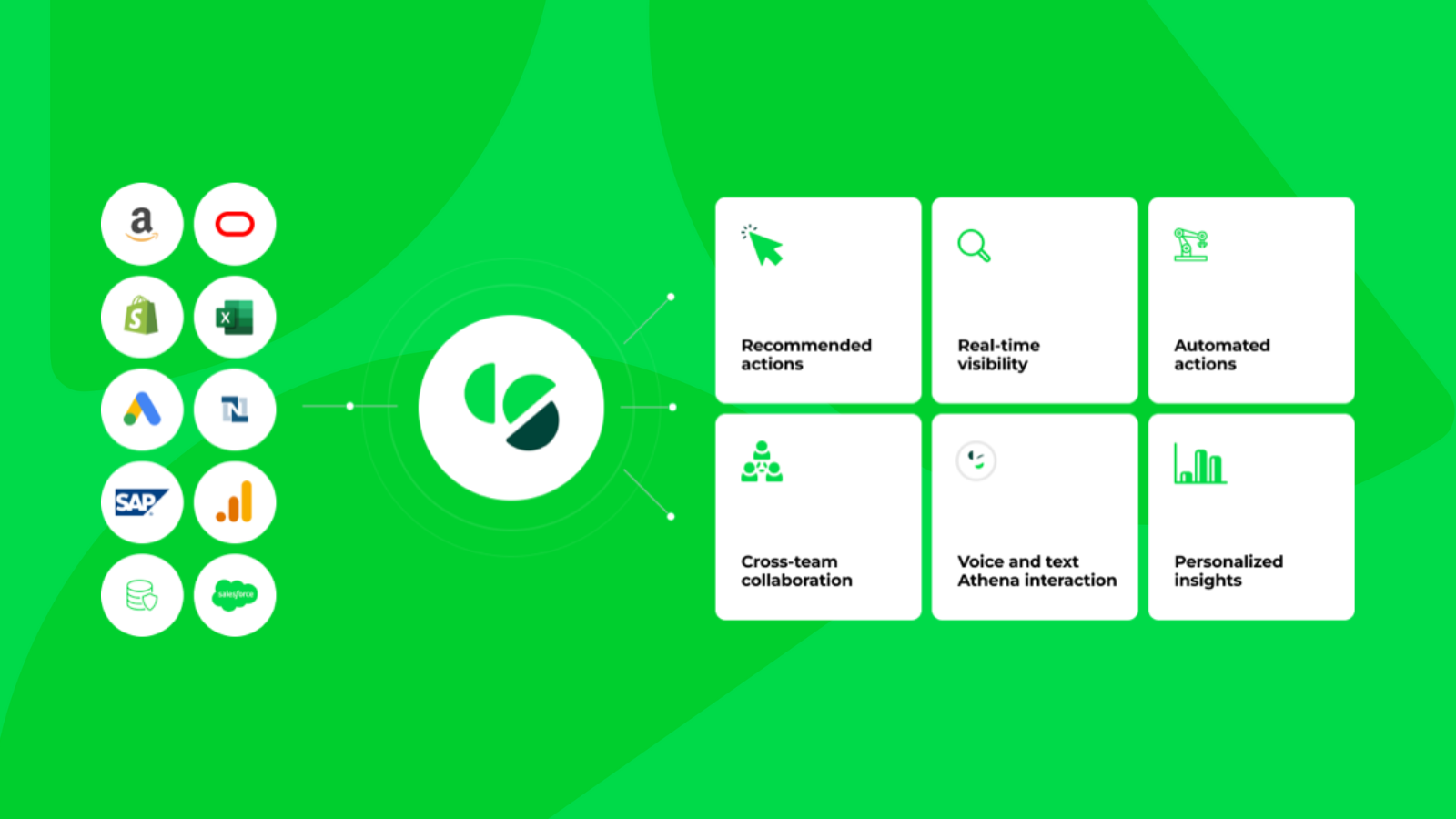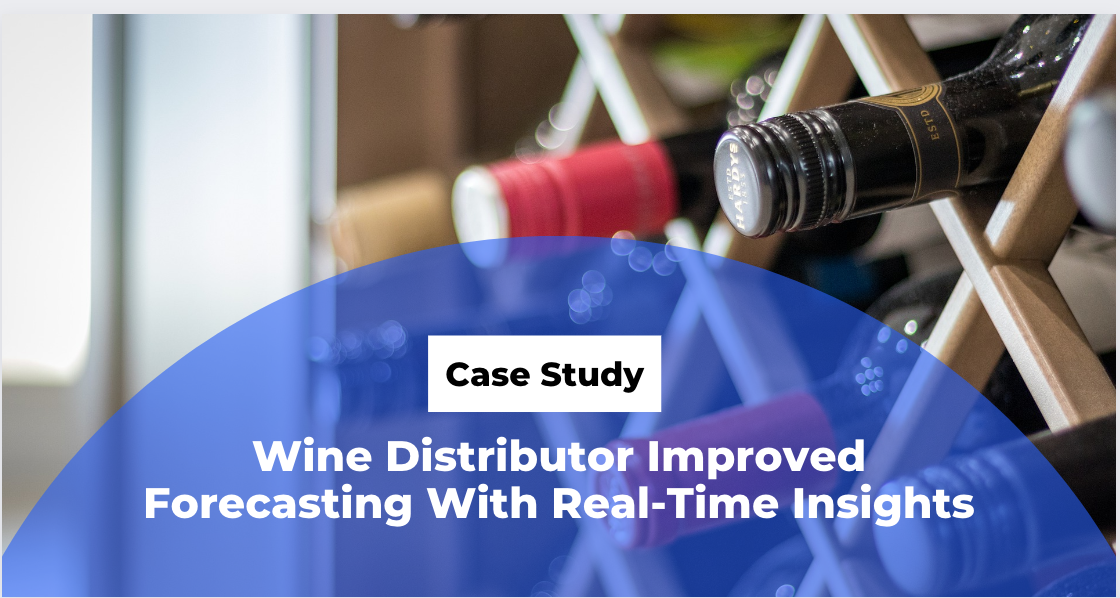
The world was rocked by Southwest’s cancellation of more than two thirds of their flying schedule during the 2022 holiday season, stranding thousands of travelers and leaving the airline reeling. As the company picks up the pieces and assesses the damage, customers and Southwest executives alike are left wondering what this global mess means for the future of the company, and the airline industry as a whole.
After the catastrophe, senior executives rejected the notion that Southwest is operating on outdated technology, and reiterated that the airline uses some of the most robust scheduling technology in the industry. How are executives and customers so at odds with their view of how it all went down?
Southwest is not the only company experiencing problems with outdated systems. Companies across the globe are frequently inundated with mass amounts of data across their whole organization. Yet oftentimes, the technology meant to house and provide insight into the very same data are outdated and in need of a tune up. But most importantly, automation and ease of insight into this data is critical for any company’s data gathering processes.
Start Adopting Proactive Strategies
Modern companies are beginning to see that proactive technology, rather than reactive technology, is key to solving the challenges of the modern world. In a world where climate disasters, war, and supply chain woes are now the norm, companies require technologies that are proactive in solving problems; in Southwest’s case, communicating between teams, customers, executives, and every individual involved in the process of getting travelers from point A to point B.
As companies begin to shift to proactive technologies, some important points to consider when adopting these technologies are:
- Is your company’s technology in a spot where it needs to be?
Oftentimes, companies discover that their data gathering mechanisms are outdated, and unable to process mass amounts of data that modern companies use to make critical decisions in a moment’s notice.
Moving to cloud software is a crucial first step in gaining the ability to capture mass amounts of mission-critical and extraneous data that can power insights and automation.
Ready to move to a more robust cloud strategy? Learn more in our Behind The Data podcast episode.
- If you are capturing data, are you employing AI?
Companies that successfully capture large quantities of data typically run into the issue of being data rich and information poor. While companies are able to capture all types of data from every corner of their organization, they fail to use that data to make meaningful decisions.
Conversational AI and analytics bring powerful tools to companies’ arsenals, allowing them to ask questions about their data and take an unscripted journey, discovering insights they may not have uncovered otherwise. Users at all levels of the organization can take advantage of these insights, and make informed decisions that power growth.
Is your business data rich but information poor? Get started on the road to proactive decision making.
- Are you sharing this information with key stakeholders?
Southwest cited a lack of communication between team members and departments as a critical factor in their holiday meltdown; CEO Bob Jordan even described their methods as “having to chase down [crews] in the airport” when their schedule was changed or diverted. While these are drastic measures, most companies experience much of the same problems with their data. When critical information is gained after the fact, it can leave a company scrambling as to how to react. As supply chains continue to wreak global havoc, this has left many businesses wondering not only what the next day will look like, but even the next hour or minute. Not only is old information causing problems, but the lack of communication between key information stakeholders.
Learn more about Information Sharing with AI.
AI and automation allows for instantaneous and secure communication between team members, executives/C-suite, and third parties. Key information for each user can be sent instantly, allowing for easy decision making when the situation requires it.
Ready to optimize your data gathering and sharing process? Start here.


